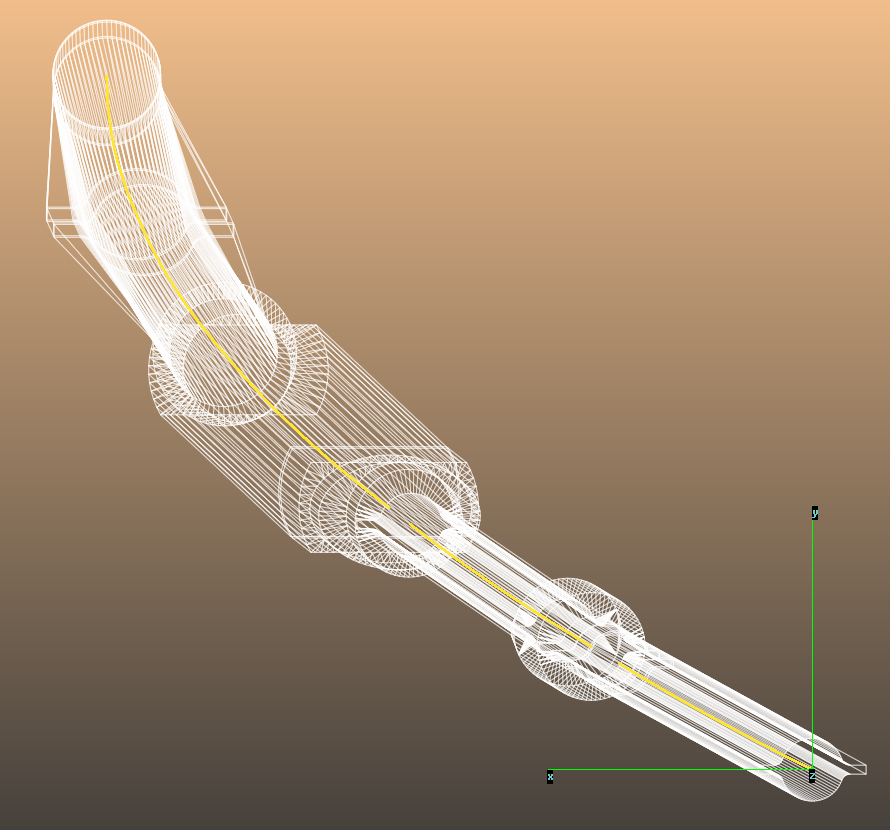Body

3D modeling in CAD programs requires a steep learning curve and expensive software.
Using Molflow's built-in editor to create a sequence of apertures and connect them manually is tiresome.
A helper tool, OpticsBuilder can automate the process: it takes a series of apertures (either parametric shapes like circles, racetracks, or custom imported ones).